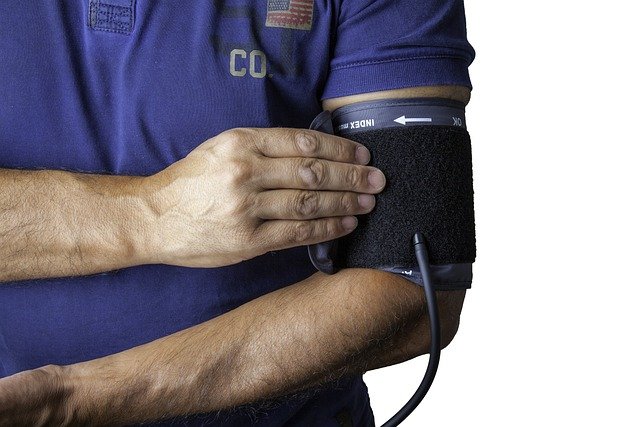Understanding diagnostic tests: what OCT, visual fields, and refraction reveal
Modern eye care relies on several diagnostic tests to pinpoint causes of blurred vision and guide treatment. Optical coherence tomography (OCT), visual field testing, and refraction each provide distinct, measurable information about the retina, cornea, lens, and the visual pathways. This article explains what each test reveals and how they fit together in diagnosis.

Blurred vision can arise from many causes, ranging from refractive error to retinal disease or neurological conditions. Clinicians use a combination of objective imaging, functional testing, and refractive assessment to separate problems of the cornea, lens, retina, and visual pathways. Understanding what OCT, visual fields, and refraction reveal helps patients and local services interpret results, consider appropriate follow-up, and discuss options with ophthalmology or optometry providers.
How does OCT assess the retina and optic nerve?
Optical coherence tomography (OCT) is an imaging test that produces cross-sectional pictures of the retina and optic nerve head. OCT quantifies retinal layer thickness, detects fluid, and shows structural changes linked to conditions such as macular degeneration, diabetic macular edema, and glaucoma. In many clinics, OCT complements clinical examination and retinal photos by revealing subtle changes before they are visible on routine exam. OCT does not measure sight directly but provides anatomical evidence that helps correlate symptoms with retinal health.
What do visual field tests reveal about sight and neurology?
Visual field testing measures the functional area of vision — how much a person can see while looking straight ahead. Automated perimetry maps blind spots and peripheral deficits, which can indicate glaucoma, optic nerve damage, retinal lesions, or neurological problems along the visual pathway. A pattern of field loss often helps localize disease: for example, specific field defects may point to optic nerve compression or post-chiasmal brain lesions. Repeated field tests are useful for monitoring progression or treatment response.
How does refraction measure acuity and lens needs?
Refraction is the process of determining the correct prescription for glasses or contact lenses to improve visual acuity. An optometrist or ophthalmologist assesses how light is focused by the cornea and lens onto the retina and quantifies myopia, hyperopia, astigmatism, and presbyopia. A clear refraction that does not correct blurred vision suggests an underlying ocular or neurological cause; conversely, many cases of blurring improve significantly with an updated prescription. Refraction is a cornerstone of primary eye screening and ongoing vision care.
When do cornea, diabetes, and hypertension factors affect diagnosis?
Corneal disease, systemic conditions such as diabetes and hypertension, and lens opacities (cataract) all influence test interpretation. Corneal irregularity can limit the accuracy of refraction and some imaging; cataract can reduce image quality on OCT and affect visual fields. Diabetes can cause retinal microvascular changes detectable on clinical exam and OCT, while hypertension may contribute to retinal vascular signs. Diagnosis often requires integrating findings across tests and reviewing medical history to identify systemic contributors.
Can telemedicine support screening and follow-up in eye care?
Telemedicine is increasingly used for screening and remote monitoring, particularly for diabetic retinopathy and post-operative care. Fundus photography and some OCT results can be transmitted to remote ophthalmology teams for review, and visual acuity or symptom checks can be handled via telemedicine in selected cases. However, accurate refraction and formal visual field testing generally require in-person equipment and trained staff. Telemedicine complements but does not replace hands-on optometry or ophthalmology assessment when diagnostic testing is required.
This article is for informational purposes only and should not be considered medical advice. Please consult a qualified healthcare professional for personalized guidance and treatment.
Conclusion Combining OCT, visual field testing, and refraction gives clinicians a more complete picture: OCT defines structural retinal and optic nerve status, visual fields quantify functional vision across the visual field, and refraction determines whether optical correction can restore acuity. Together these tests help distinguish problems arising from the cornea, lens, retina, or neural pathways, guide appropriate referrals between optometry, ophthalmology, and neurology, and inform screening strategies for conditions such as diabetes and hypertension. Clear communication between patients and local services improves diagnosis and ongoing care.






